Key Decision-Making Skills for Leaders

Key Decision-Making Skills for Leaders: A Guide for Middle-Aged Professionals
As a middle-aged professional, whether you’re leading a team, managing a family, or navigating personal challenges, decision-making skills are crucial for success. Effective decision-making can enhance your career, improve relationships, and increase overall satisfaction in life. This article will explore the essential decision-making skills for leaders, providing practical advice tailored to the needs and lifestyle of middle-aged individuals in the United States.

Introduction to Decision-Making
Decision-making is the process of selecting the best course of action from available alternatives to achieve a desired outcome. It involves analyzing information, evaluating options, and choosing the most appropriate solution. In the context of leadership, decision-making is not just about making choices; it’s about making informed, strategic decisions that benefit both individuals and organizations.
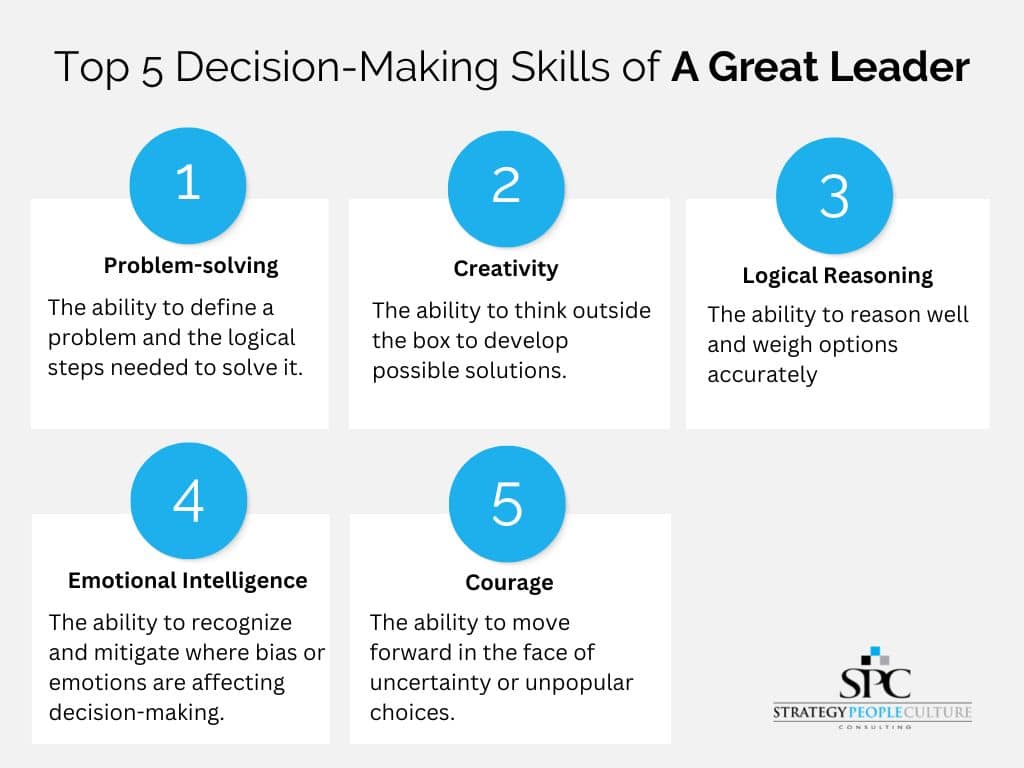
Essential Decision-Making Skills for Leaders

1. Problem-Solving
Problem-solving skills are fundamental for leaders. They enable you to identify problems, analyze potential solutions, and implement effective strategies. Developing problem-solving skills involves:
-
Experience: Engage in solving complex problems at work or in personal life.
-
Creativity: Think outside the box to find unique solutions.
-
Collaboration: Work with others to leverage diverse perspectives and expertise.
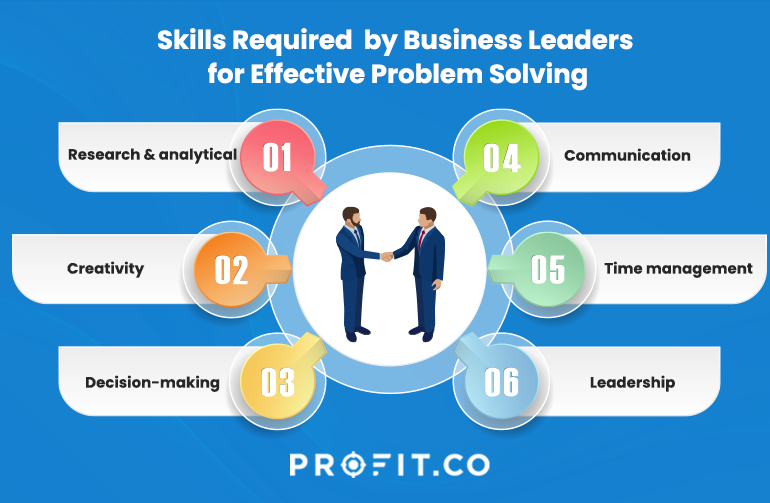
2. Critical Thinking
Critical thinking is vital for evaluating information, identifying biases, and making informed decisions. It involves:
-
Research: Gather relevant data and analyze it objectively.
-
Reflection: Consider past experiences and similar challenges.
-
Analysis: Evaluate the pros and cons of each option.

3. Creativity
Creativity allows leaders to innovate and find novel solutions to complex problems. It can be developed by:
-
Exploring New Ideas: Encourage brainstorming sessions with your team.
-
Embracing Failure: View failures as opportunities to learn and improve.
-
Seeking Diverse Perspectives: Engage with people from different backgrounds and industries.

4. Risk Management
Effective leaders must navigate risks and uncertainties. This involves:
-
Assessing Risks: Identify potential risks associated with each decision.
-
Evaluating Consequences: Consider both short-term and long-term impacts.
-
Mitigating Risks: Develop strategies to minimize potential negative outcomes.
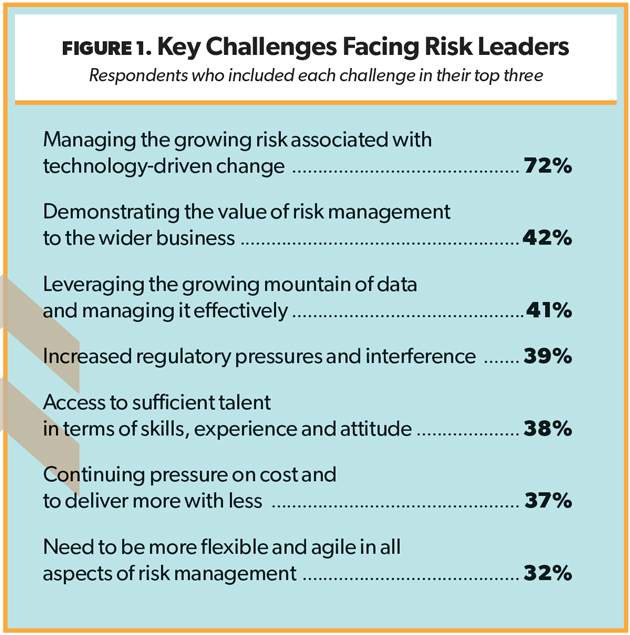
5. Communication
Clear communication is essential for implementing decisions effectively. Leaders should:
-
Be Transparent: Clearly explain the rationale behind decisions.
-
Engage Stakeholders: Involve team members in the decision-making process.
-
Provide Feedback: Regularly update stakeholders on progress and outcomes.

Practical Steps for Effective Decision-Making

Step 1: Identify the Problem
Clearly define the issue you’re addressing. Understand its impact and the desired outcome.

Step 2: Gather Information
Collect relevant data and insights from various sources. This includes research, expert opinions, and team feedback.
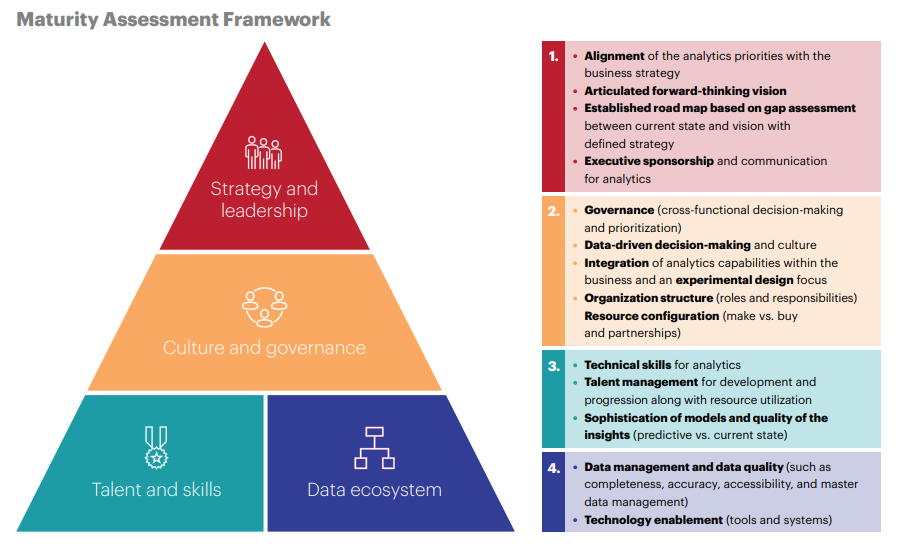
Step 3: Evaluate Options
Analyze each option based on its pros and cons. Consider both immediate and long-term effects.

Step 4: Make the Decision
Choose the best course of action based on your analysis. Ensure it aligns with your goals and values.

Step 5: Implement the Decision
Develop a detailed plan for implementation. Assign responsibilities and set realistic timelines.

Step 6: Evaluate Outcomes
Monitor the results of your decision. Adjust strategies as needed based on feedback and outcomes.

Case Studies of Successful Decision-Making

Nelson Mandela’s Negotiation Tactics
Mandela’s ability to negotiate and find common ground was instrumental in ending apartheid in South Africa. His empathy and communication skills allowed him to build relationships with opponents, demonstrating the power of negotiation in leadership .3.
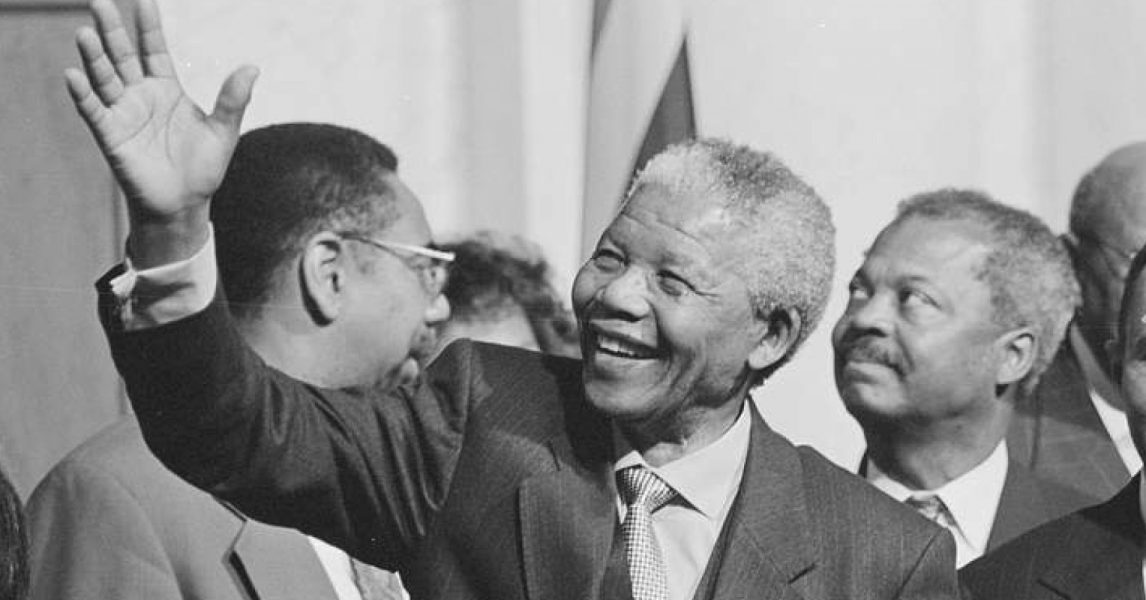
Satya Nadella’s Cloud-First Strategy
Nadella’s decision to focus Microsoft on cloud computing transformed the company’s trajectory. His vision and willingness to take risks exemplify strategic decision-making in business .3.

Jacinda Ardern’s Pandemic Decisions
Ardern’s leadership during the COVID-19 pandemic showcased her ability to make tough, evidence-based decisions. Her empathy and commitment to public service guided her choices, highlighting the importance of emotional intelligence in leadership .3.
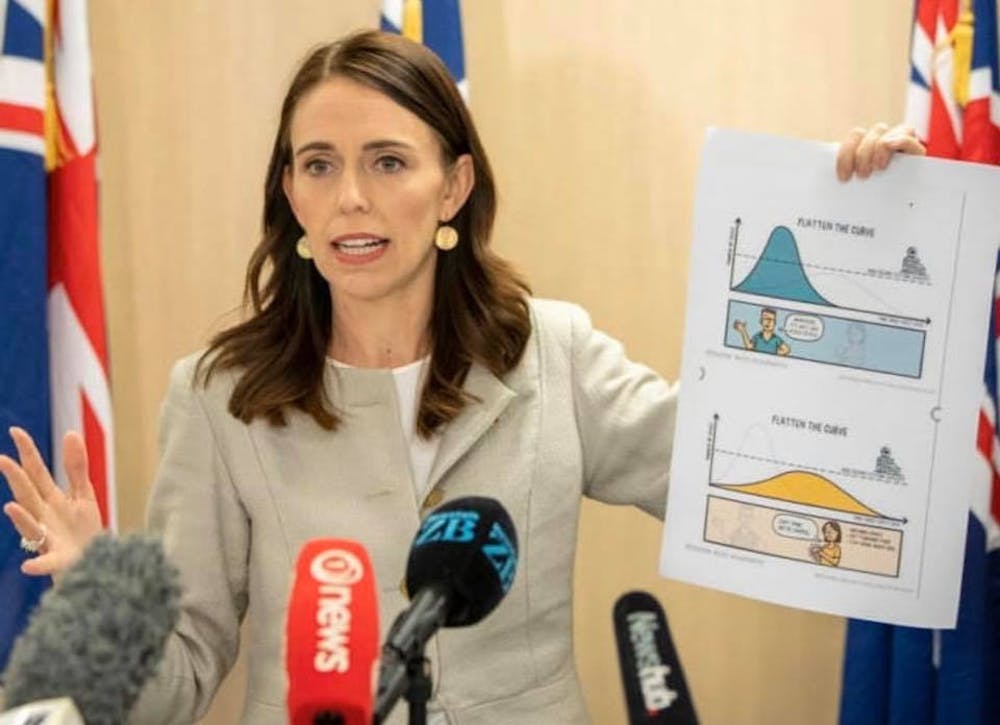
Overcoming Challenges in Midlife
Middle-aged individuals often face unique challenges, including caregiving responsibilities, financial pressures, and health concerns. Effective decision-making can help navigate these challenges by:
-
Prioritizing Health: Regular exercise and a balanced diet can improve physical and mental well-being .5 .9.
-
Financial Planning: Save for retirement and ensure financial independence to reduce stress .9.
-
Social Support: Build strong relationships with family and friends to enhance emotional support .9.
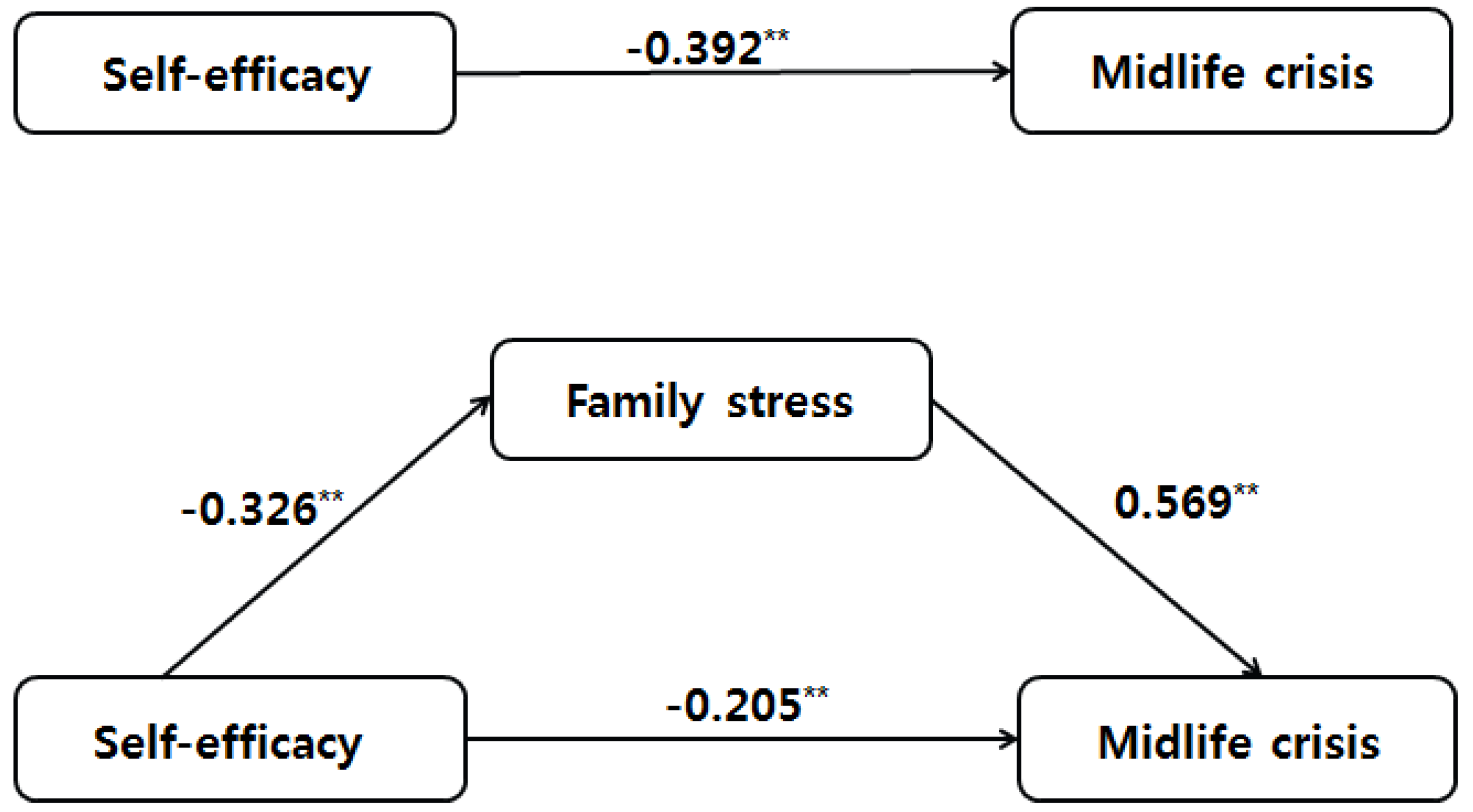
Conclusion
Decision-making is a critical skill for leaders, especially in midlife when responsibilities and challenges multiply. By developing problem-solving, critical thinking, creativity, risk management, and communication skills, middle-aged professionals can make informed decisions that enhance their careers, personal lives, and overall well-being. Whether you’re leading a team or navigating personal challenges, these skills will guide you toward success and fulfillment.

Additional Resources for Middle-Aged Professionals
-
Health and Wellness: Engage in regular physical activity and maintain a healthy diet to combat stress and improve overall health .5 .9.
-
Financial Planning: Consider consulting a financial advisor to ensure adequate savings for retirement and unexpected expenses .9.
-
Professional Development: Invest in courses or workshops that enhance leadership and decision-making skills to stay competitive in your career .13.
By integrating these strategies into your daily life, you’ll not only become a more effective decision-maker but also navigate the complexities of midlife with confidence and resilience.








